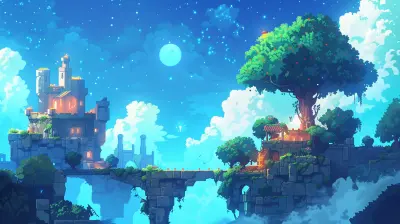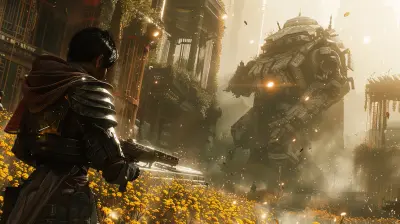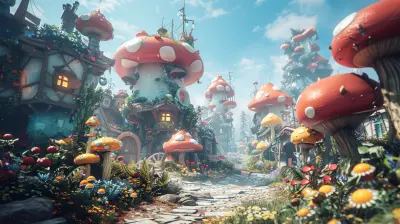How Multiplayer Dynamics Have Redefined the Action Genre
12 September 2025
The gaming world isn’t what it used to be—and thank goodness for that. Gone are the days when action games were just about single-player campaigns, mowing down enemies solo, and following linear storylines with AI companions who were about as useful as a screen door on a submarine. Multiplayer dynamics have exploded onto the scene like a well-timed grenade. And boy, have they shaken things up.
If you’ve been gaming for a while, you’ve probably noticed how modern action games feel bigger, sharper, and way more chaotic… in the best way possible. That’s no accident. The rise of multiplayer features has completely changed the DNA of the action genre. From cooperative missions to competitive modes and emergent gameplay moments, action games today thrive on dynamic, human interactions.
Let’s break it down and see exactly how multiplayer has redefined what action games mean in this new era of gaming.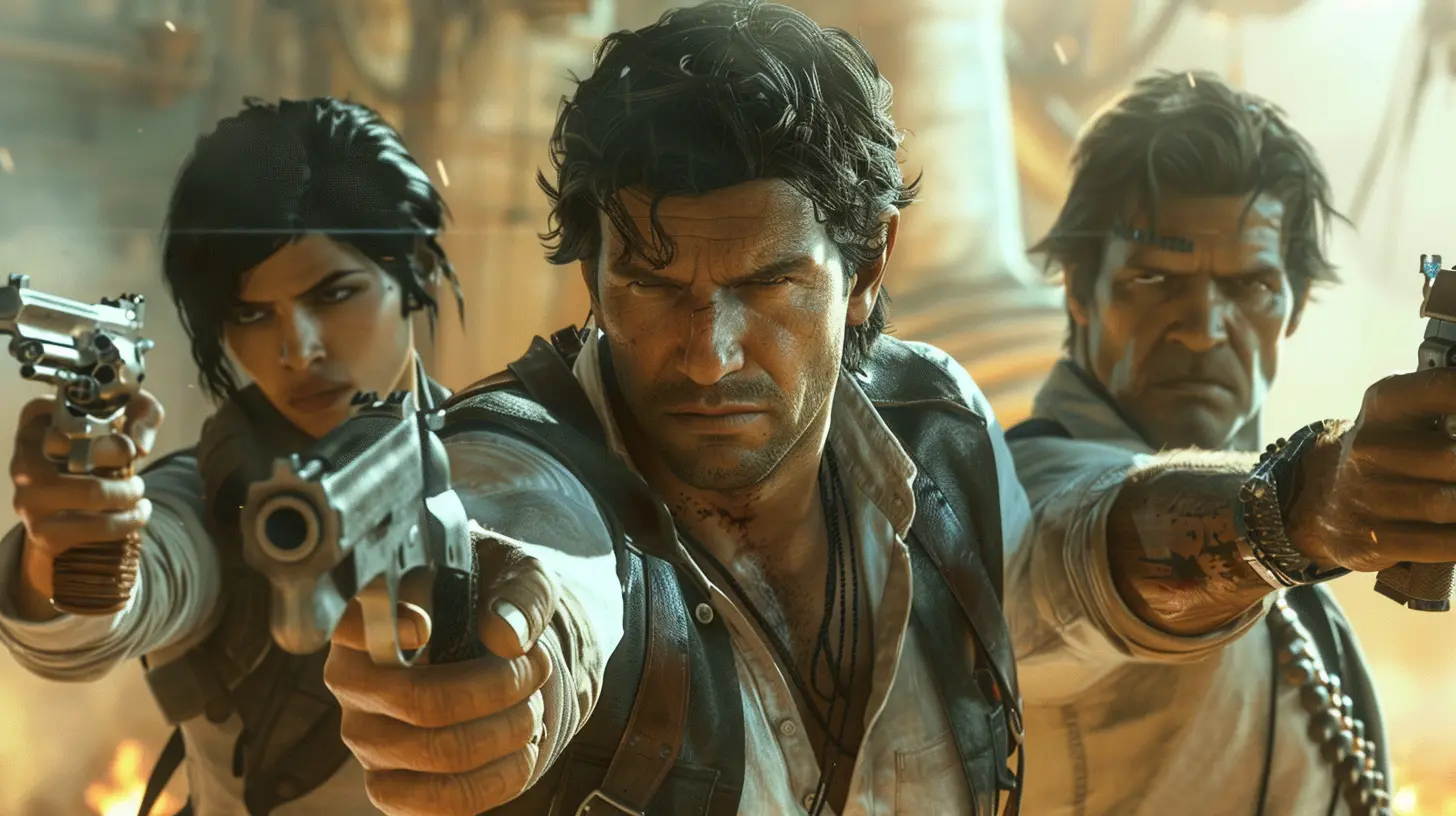
The Evolution of Action Games: From Lone Wolves to Squad Goals
The Solo Experience Was Just the Beginning
Back in the day, playing action games meant one thing: you versus the world. Think classic titles like Doom, Contra, or Max Payne. You’d get dropped into a high-stakes world, usually with minimal support, and the only backup you had was your reflexes and maybe a cheat code or two.There was a certain charm to that, sure. But if you died, that was it. No one was coming to revive you, and no one was going to cover your six.
Enter Multiplayer: A Shift in Focus
Then came the game-changer—multiplayer modes. Starting with LAN parties and split-screen couch co-op, then evolving into full-blown online matchmaking, the action genre got a serious adrenaline shot. Suddenly, you weren’t just a lone hero. You were part of a team. You had rivals. You had back-up. You had community.This shift didn’t just alter how we played—it completely changed what we expected from the genre.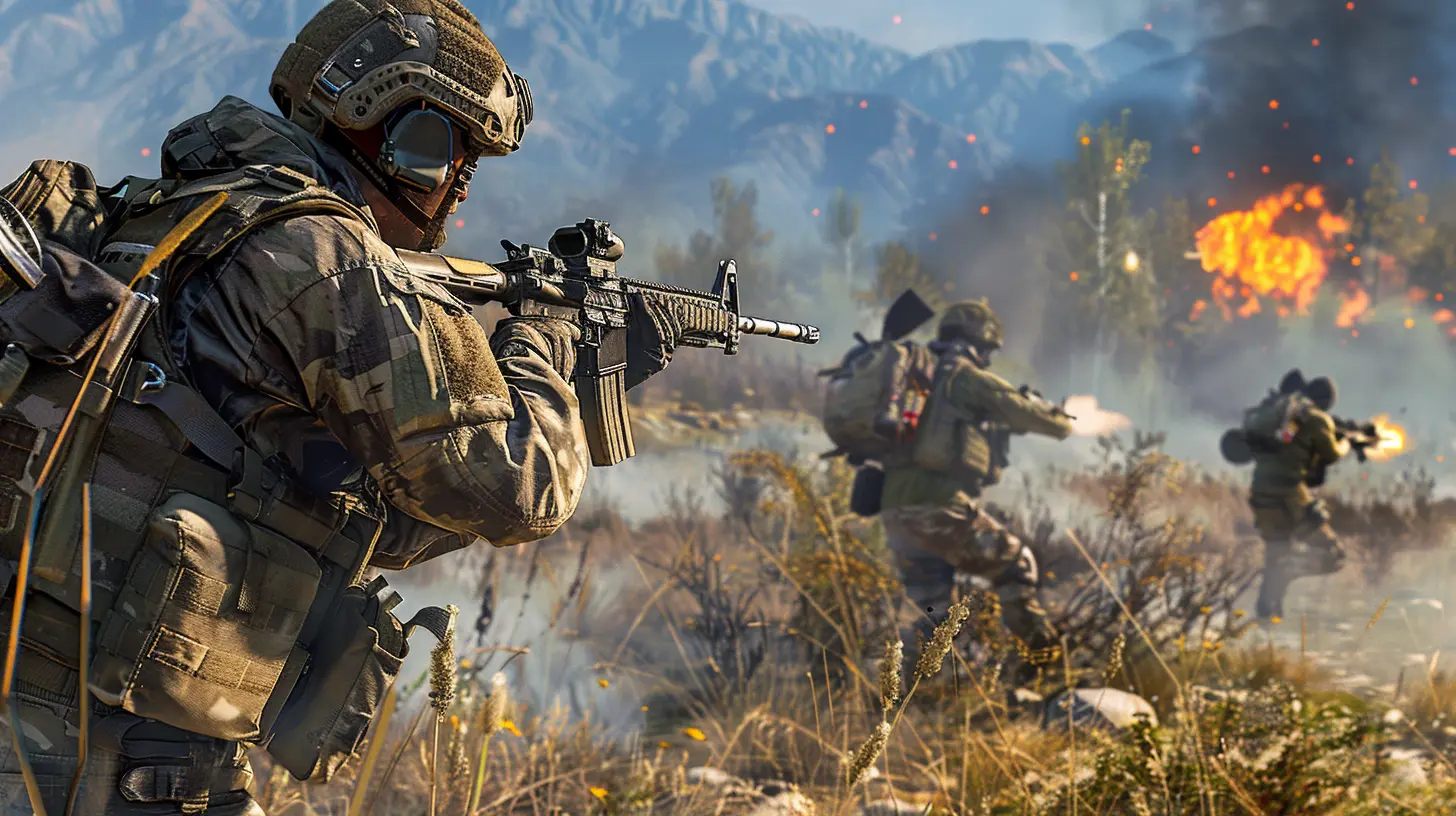
Real-Time Strategy Meets Fast-Paced Mayhem
Tactical Thinking in a Twitchy Environment
One of the most exciting things multiplayer did for action games? It added a layer of strategy. Sure, reflexes still matter—but now, you’ve got to plan, communicate, and adapt on the fly.Take Rainbow Six Siege or Call of Duty: Warzone. You can’t just run and gun anymore (well, you can, but good luck lasting more than 30 seconds). These games require coordination, map awareness, and timing. Flanking an enemy? You’ll need a distraction. Holding a choke point? You’d better have someone watching your back.
Multiplayer elevated the genre from pure twitch reaction to a mind game—where winning means being two steps ahead of your enemies and totally in sync with your allies.
Emergent Gameplay: No Two Matches Are the Same
Remember when every fight in a shooter felt exactly the same? Yeah, that’s ancient history. Thanks to multiplayer dynamics, matches are now unpredictable, unscripted, and endlessly replayable.Players don’t follow scripts. They make their own rules. They adapt. They troll. They innovate. This results in something developers could never fully design: emergent gameplay.
Ever watched someone pull off an impossible clutch in Valorant or launch a perfect team wipe in Apex Legends? Those moments aren’t just epic—they’re unique. And they’re only possible with multiplayer in the mix.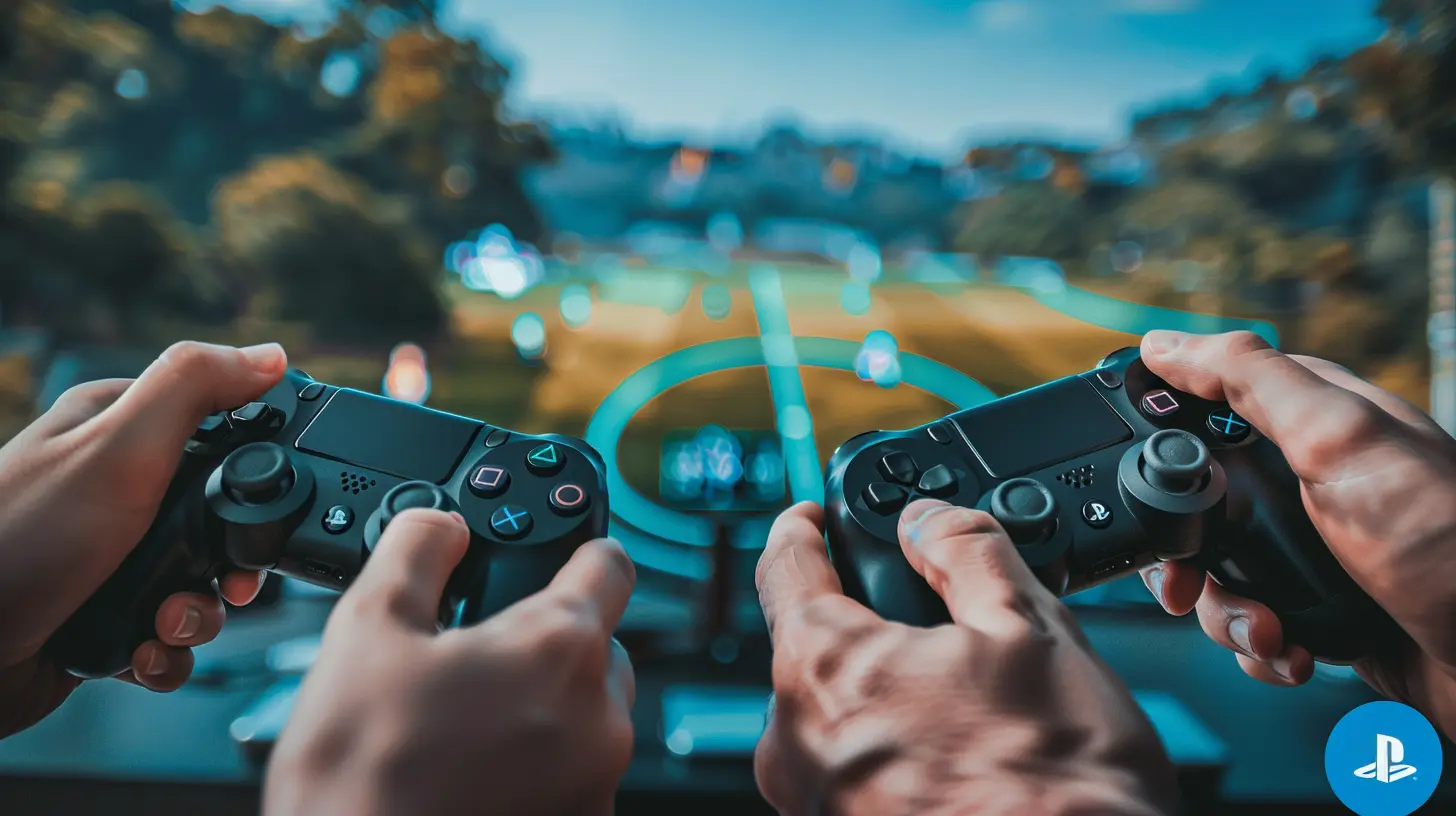
Cooperative Play: Redefining Teamwork in the Heat of Battle
Co-op Campaigns Are the New Norm
Multiplayer doesn’t always mean going head-to-head. Sometimes, it’s about fighting side by side. And co-op campaigns have brought a whole new vibe to action games.Games like Back 4 Blood, Halo Infinite, and Outriders thrive on cooperation. They’re built from the ground up to be played with others. Your squad matters just as much as your skill. You’re stronger together, and the game knows it.
This emphasis on teamwork adds emotional depth, too. It’s not just about beating the game—it’s about having each other's backs through thick and thin.
Dynamic Roles = Dynamic Playstyles
Another gem? Role diversity. Not everyone’s playing the same soldier with the same loadout anymore. You’ve got healers, tanks, stealth specialists, snipers—it’s like an action-packed rock-paper-scissors.This extends the replay value and encourages players to experiment, adapt, and specialize. You might dominate one game as a DPS, then switch it up next round as support, totally changing your team’s dynamics.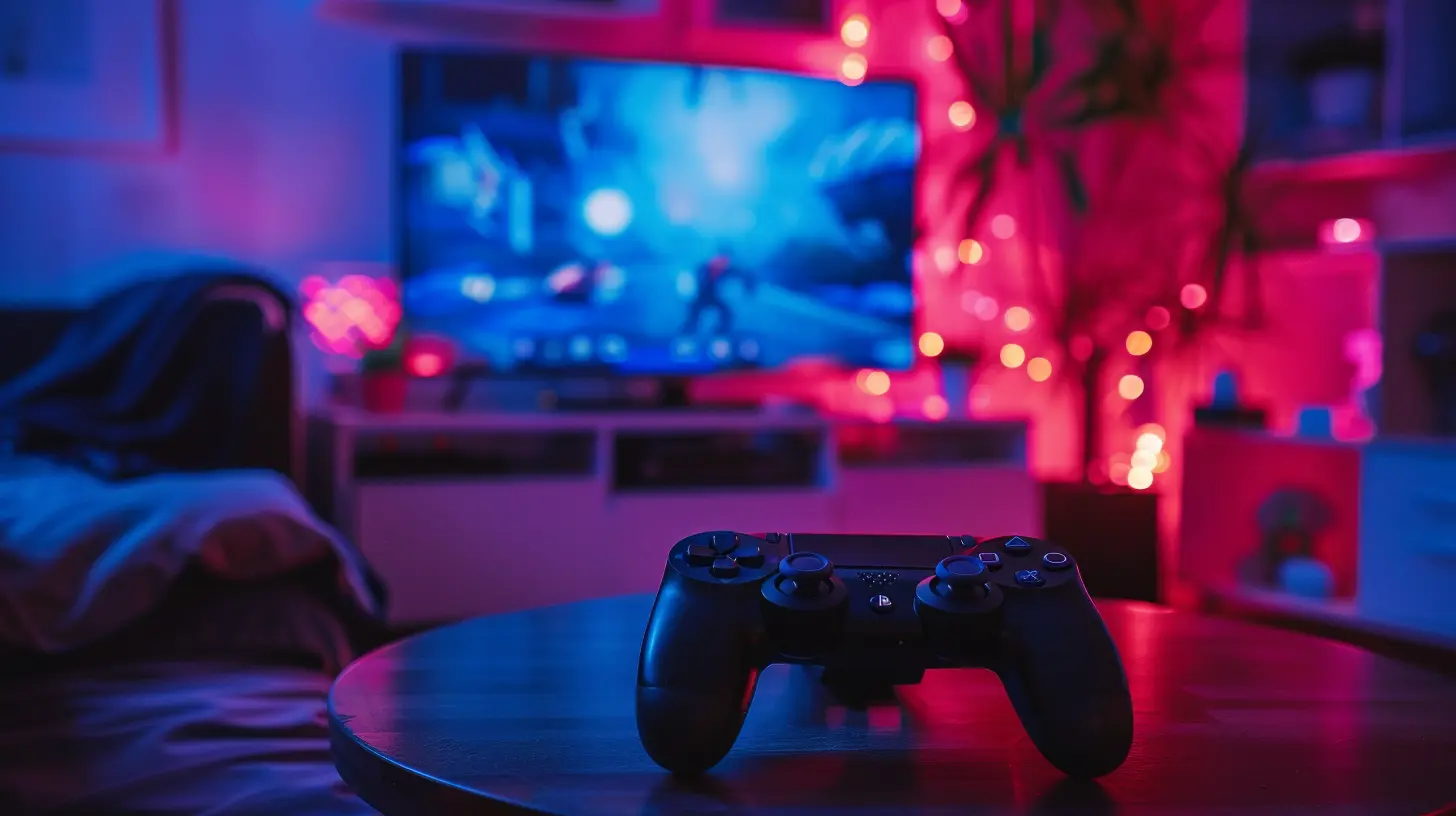
Player Interaction: The Secret Sauce of Modern Action Games
Social Connectivity Creates Longevity
Let’s face it—action games with multiplayer last longer. Why? Because they’re social. Players stick around for the competition, the collaboration, and the chaos.Whether you’re grinding ranks in Overwatch 2 or dropping hot in Fortnite, the real hook isn’t just the gameplay—it’s the people. The rivalries. The friendships. The never-ending chase for the perfect squad or that sweet, sweet victory royale.
You’re not just playing a game; you’re stepping into a digital coliseum where every match is a story waiting to unfold.
Trash Talk, Teamwork, and Twitch Clips
Part of the fun? The unexpected. The hilarious blunders. The savage comebacks. The highlight reels and jaw-dropping plays that light up Reddit and Twitch alike.Multiplayer adds layers of human interaction that AI just can’t replicate. Whether you’re cheering your buddy’s clutch move or roasting your own fail moment, these interactions build memorable gaming experiences that fuel community and keep players coming back.
The Rise of Live Service Models and Seasonal Content
Multiplayer + Ongoing Updates = Infinite Possibilities
Something else multiplayer brought to the action genre? Longevity through live service. Games aren’t one-and-done anymore. They evolve.Developers roll out new seasons, modes, characters, and events—all tailored around multiplayer engagement. Think Destiny 2 or The Division 2. These games thrive not just on content, but on communities constantly interacting with that content.
Instead of a static experience, players get a living, breathing game world. One that rewards mastery, celebrates creativity, and never stays the same for long.
FOMO Keeps the Community Alive
Love it or hate it, Fear Of Missing Out (FOMO) is real—and smart studios use it to fuel their games. Time-limited events, exclusive skins, rotating maps—they’re all designed to keep you logging in.And guess what? It works. Multiplayer keeps action games fresh, and players stay hooked not just for the gameplay, but for the moments.
Esports and Streaming: Action Games as Competitive Spectacle
Multiplayer Transformed Action into a Sport
You’ve probably caught a few clips of CS:GO tournaments or PUBG showdowns. Maybe you’ve seen streamers pulling insane trick-shots in Call of Duty or dominating zones in Valorant.This isn’t just gameplay—it’s entertainment. And multiplayer is the reason why.
The action genre has become a spectator sport, blending twitch skill with massive audiences. Esports tournaments now fill stadiums, and pro players are gaming celebrities. That visibility boosts game popularity and even helps shape the way developers design their games (hello, competitive balance patches).
Streamers Fuel the Hype Train
Let’s not forget the streamers. These digital icons bring multiplayer action games to massive audiences, demonstrating gameplay, sharing tips, and—let’s be honest—delivering pure comedy gold.Their impact? Huge. A well-placed stream can skyrocket a game’s player base overnight. And since multiplayer games are always changing, there’s always something new to watch, learn, or laugh at.
Challenges and the Flip Side of Multiplayer Action
Before we wrap this up, let’s be real—multiplayer isn’t all roses and rocket launchers. There are some bumps on the road.Toxicity and Balance Issues
With human interaction comes… well, humanity. And sometimes, that ain't pretty. Toxicity, trolling, and harassment are real issues in online action games. Devs are constantly battling this, but it’s part of the cost of having real players in the mix.Then there’s balance. Some weapons or characters get overpowered, metas can get stale, and new players sometimes get steamrolled by veterans.
Constant Connectivity = Pressure
Not everyone loves the always-online requirement. Some folks miss the simplicity and pause-ability of classic action games. When you’re always competing—or depending on teammates—gaming can feel less like fun and more like stress.Final Thoughts: Is Multiplayer the Future of Action Games?
Short answer? Absolutely.Multiplayer didn’t just evolve the action genre—it revolutionized it. It brought chaos, strategy, emotion, and community into the mix, turning passive gaming into an electric, interactive, unpredictable experience.
Love it or hate it, there’s no denying that multiplayer is now the beating heart of action games. So gear up, squad up, and drop in. The future is live, and the action has never been more real.
all images in this post were generated using AI tools
Category:
Action GamesAuthor:

Tayla Warner
Discussion
rate this article
1 comments
Cooper Meyers
This article insightfully explores the transformative impact of multiplayer dynamics on the action genre. The examples provided effectively illustrate how player interactions and strategies have reshaped gameplay experiences. I look forward to seeing how these trends continue to evolve in future titles.
September 12, 2025 at 2:29 PM

Tayla Warner
Thank you for your thoughtful comment! I'm glad you found the article insightful and engaging. I'm excited to see how these trends will continue to shape the genre!
